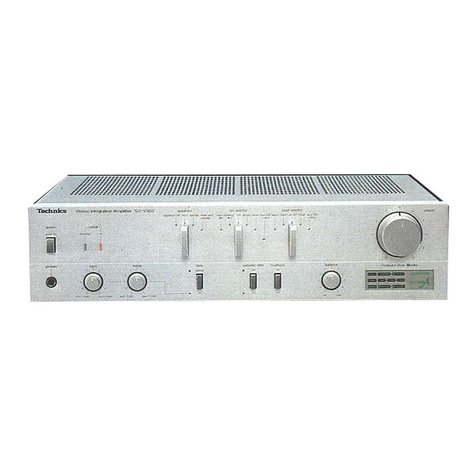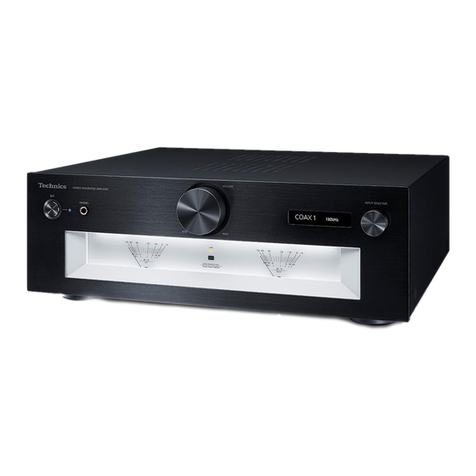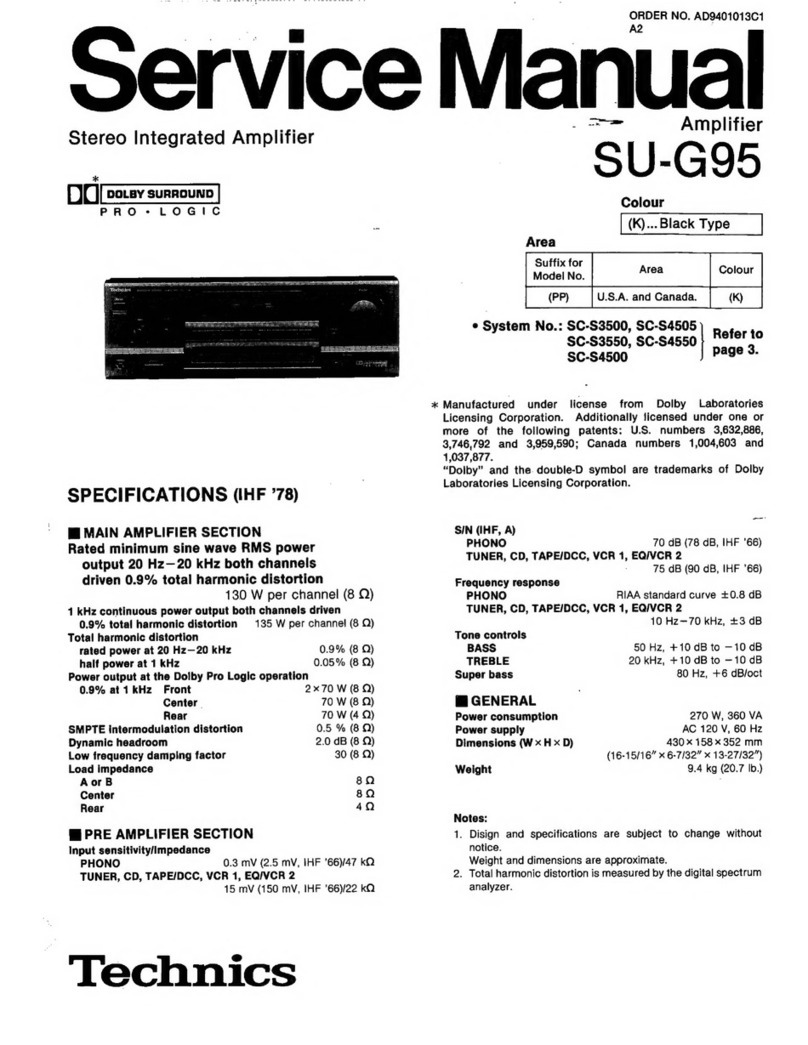Technics SU-A900 User manual
Other Technics Amplifier manuals
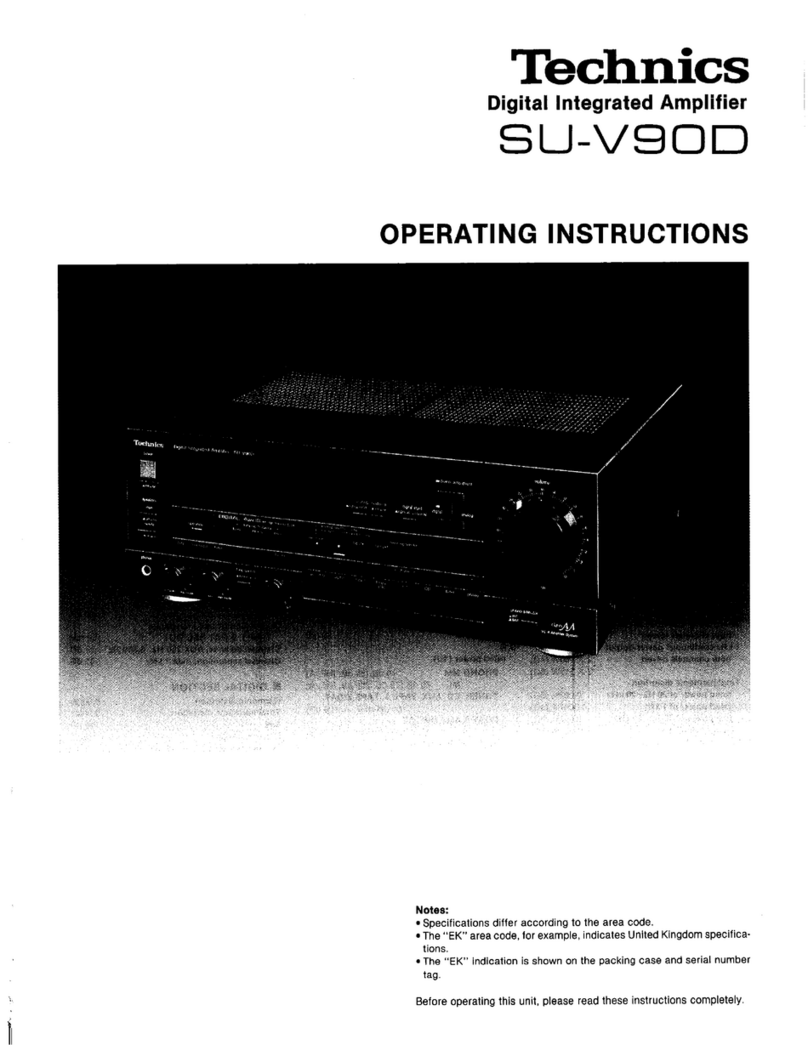
Technics
Technics SU-V90D User manual
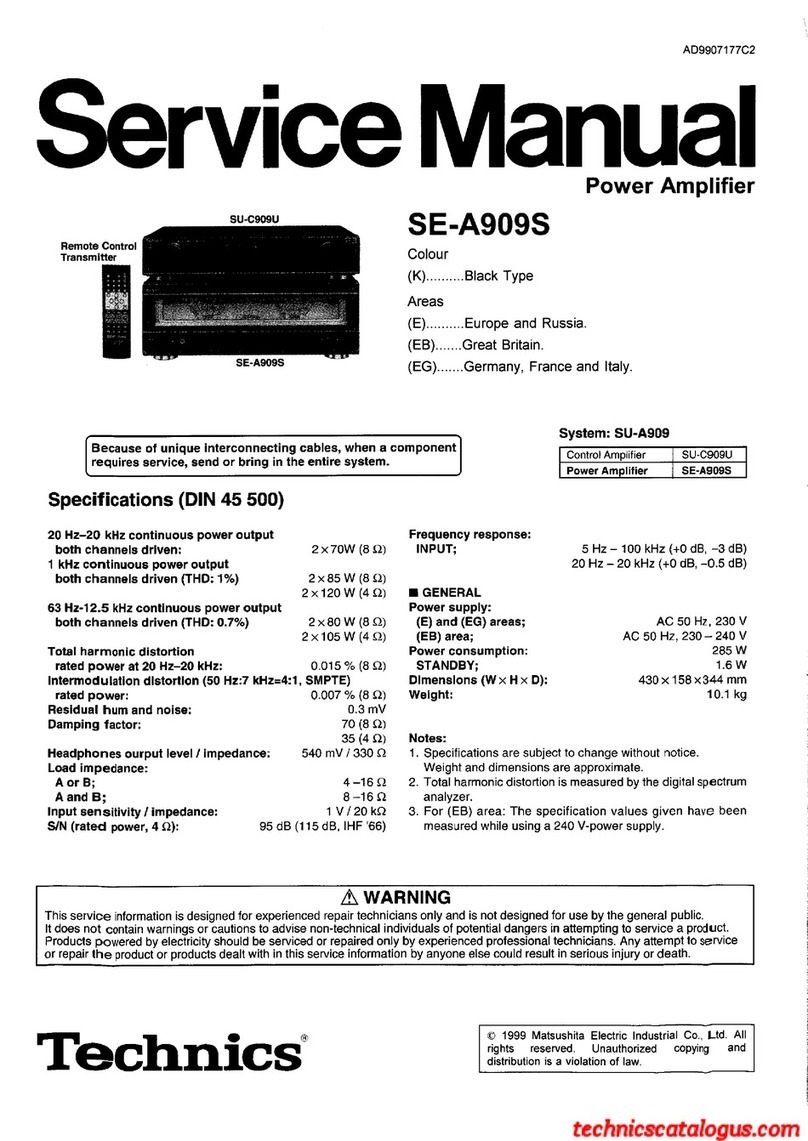
Technics
Technics SE-A909S User manual
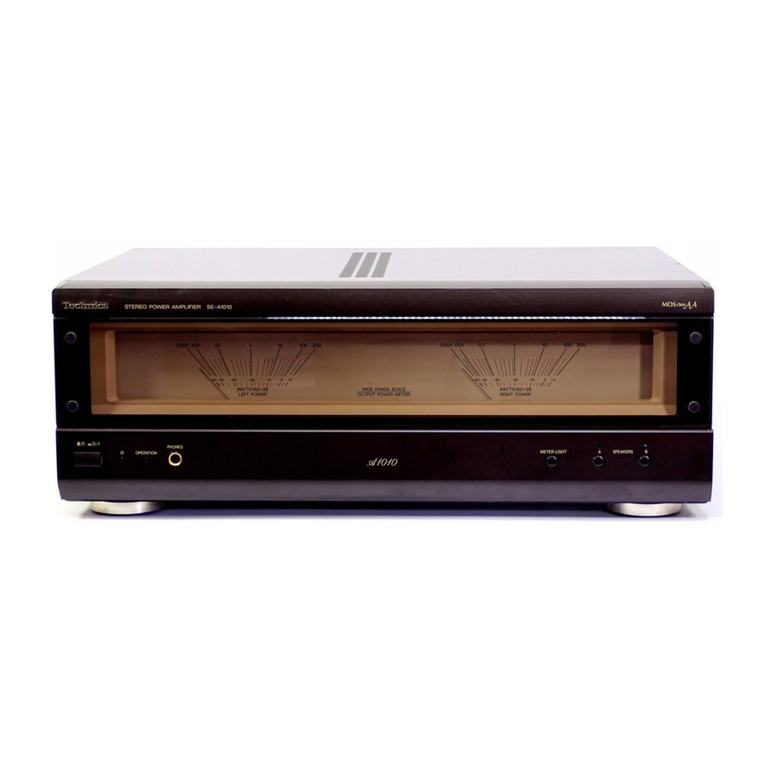
Technics
Technics SEA1010 - STEREO POWER AMPLIFI User manual
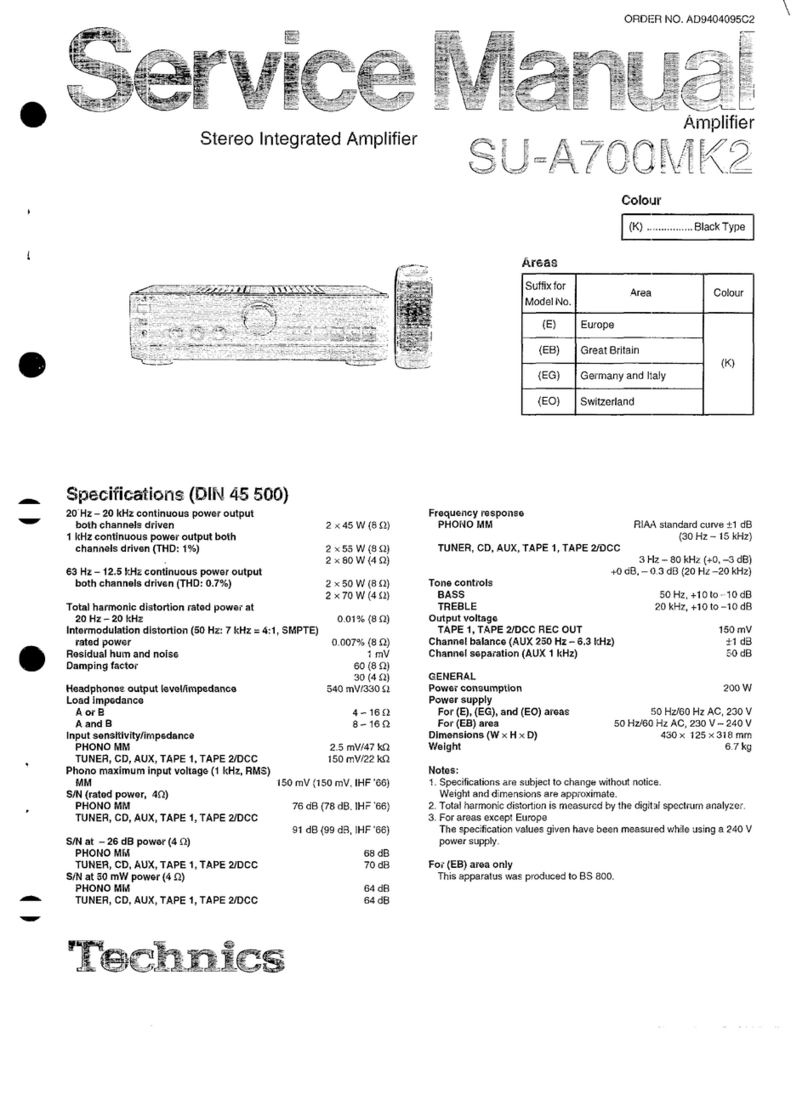
Technics
Technics SU-A700MK2 User manual
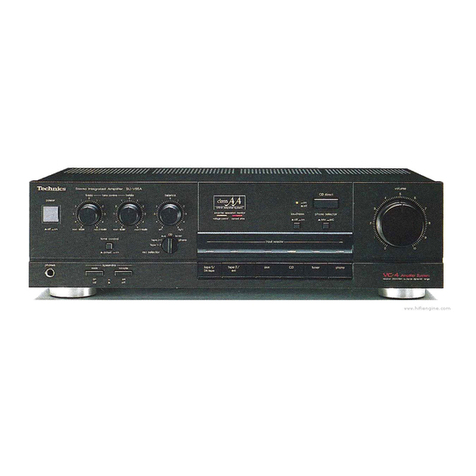
Technics
Technics SU-V55A User manual
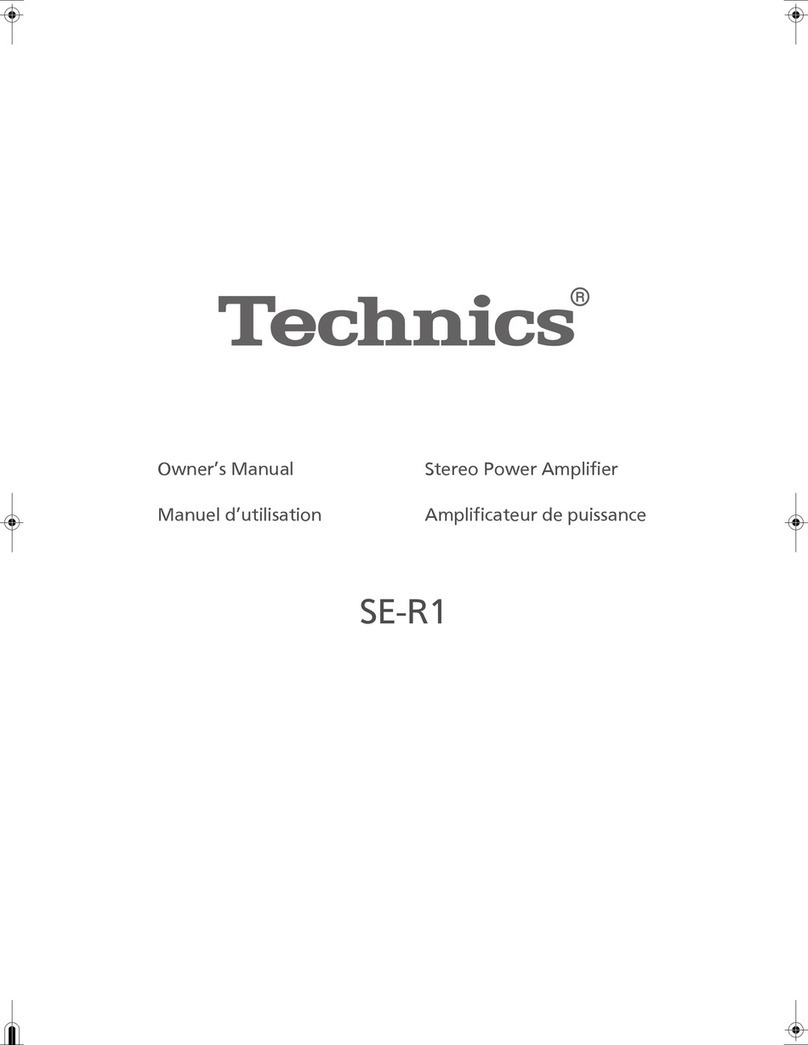
Technics
Technics SE-R1 User manual
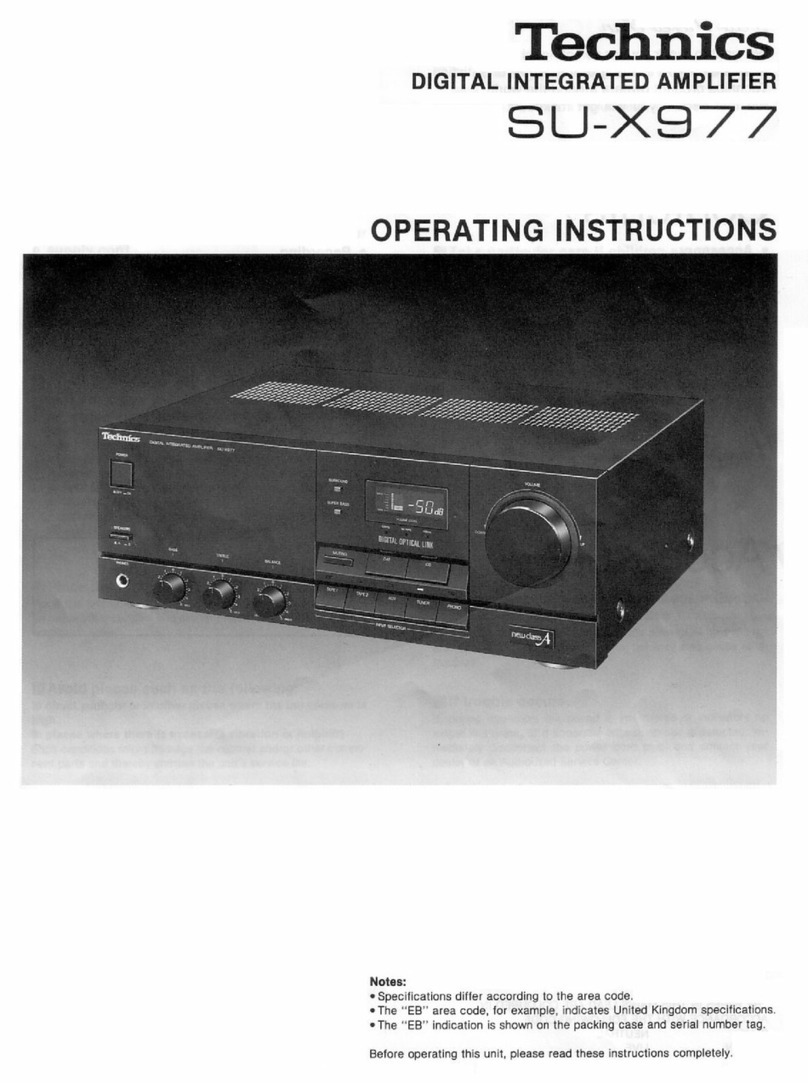
Technics
Technics SU-X977 User manual
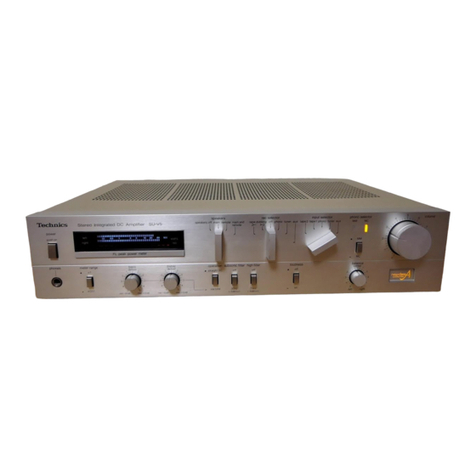
Technics
Technics SU-V5 - schematics User manual
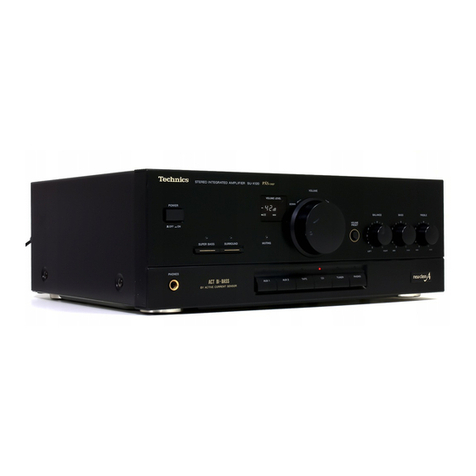
Technics
Technics SU-X120 User manual
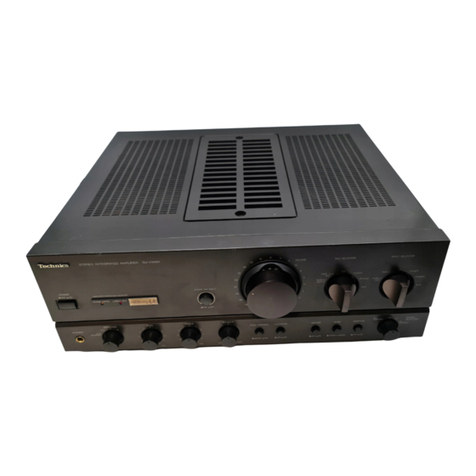
Technics
Technics SU-VX920 - SERVICE User manual

Technics
Technics SE-CA01 User manual
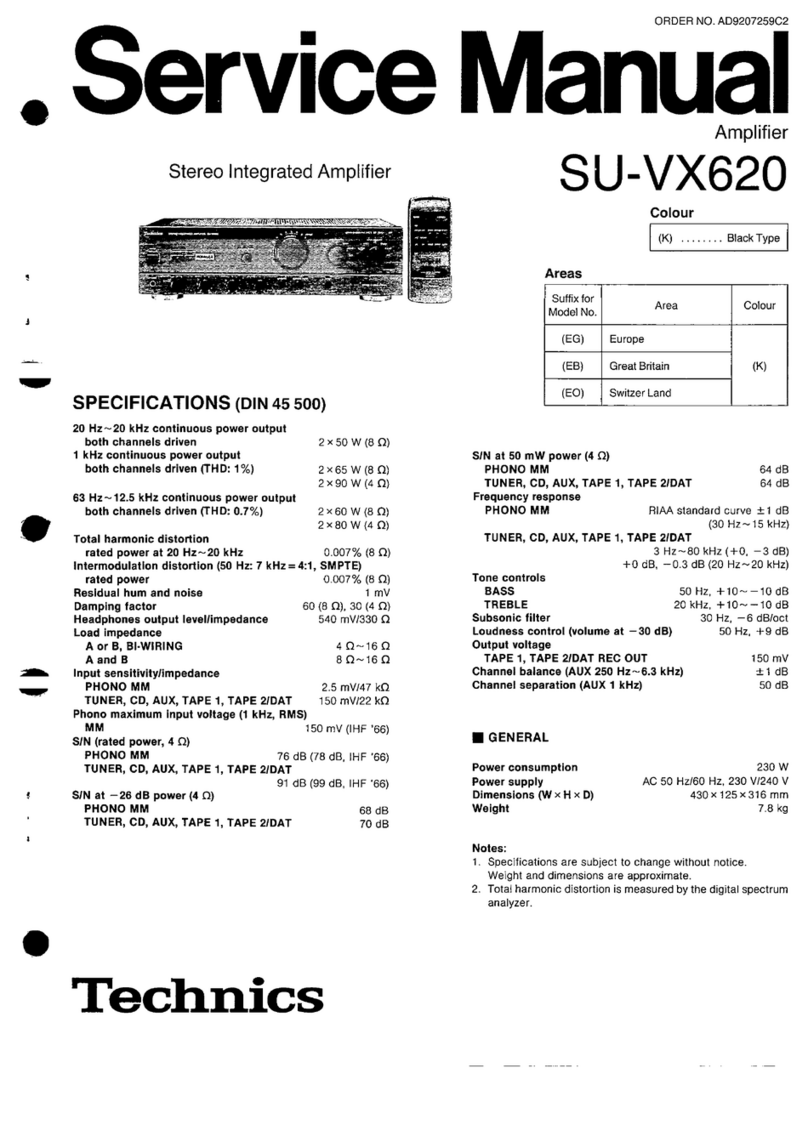
Technics
Technics SU-VX620 - service User manual
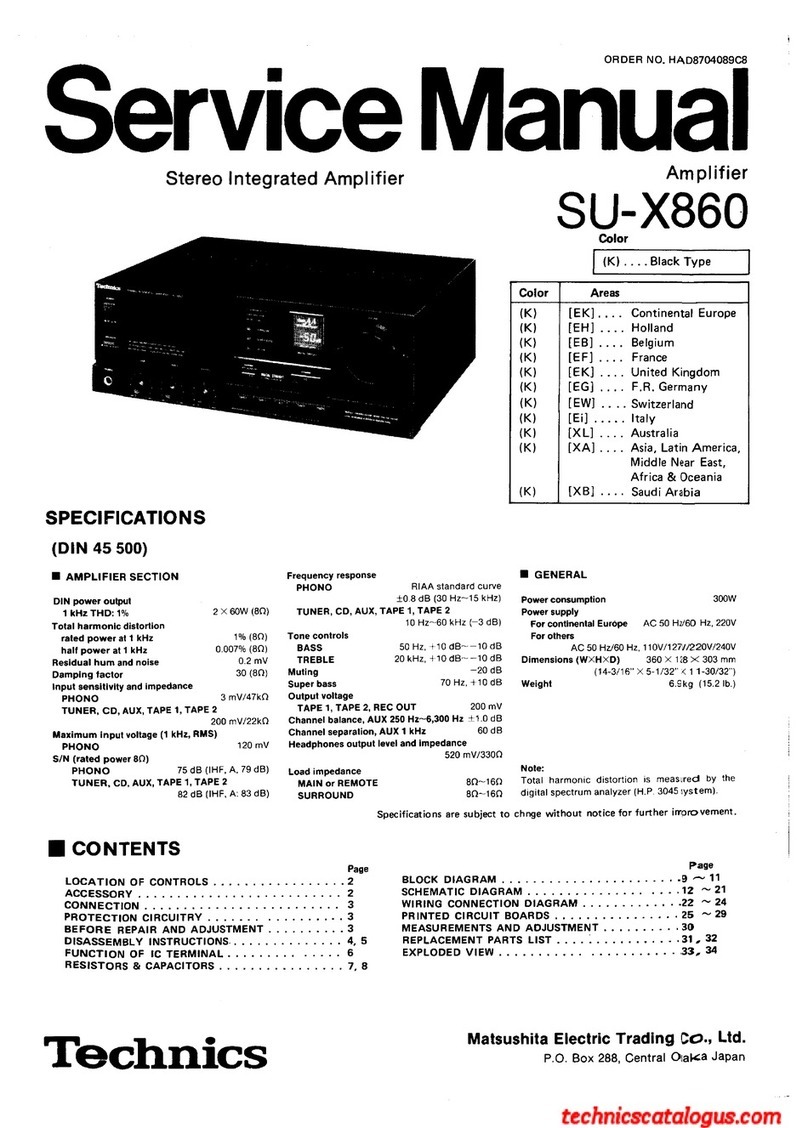
Technics
Technics SU-X860 User manual
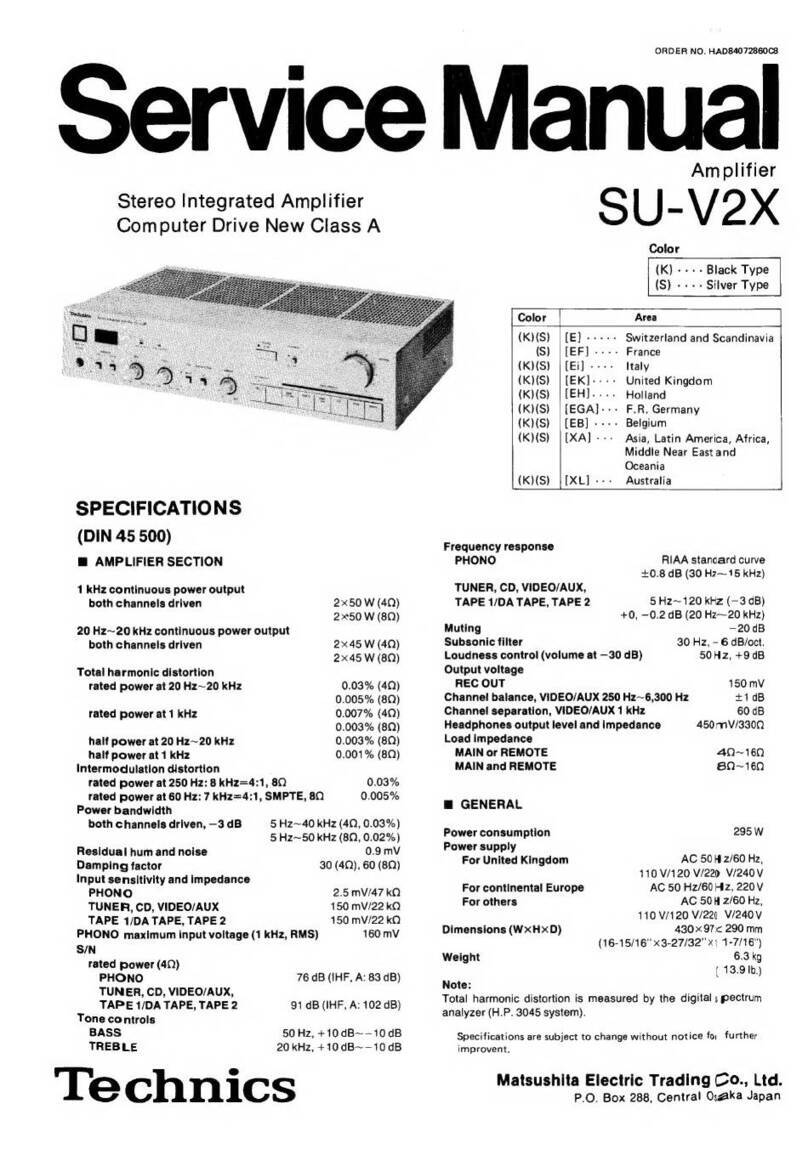
Technics
Technics SU-V2X User manual
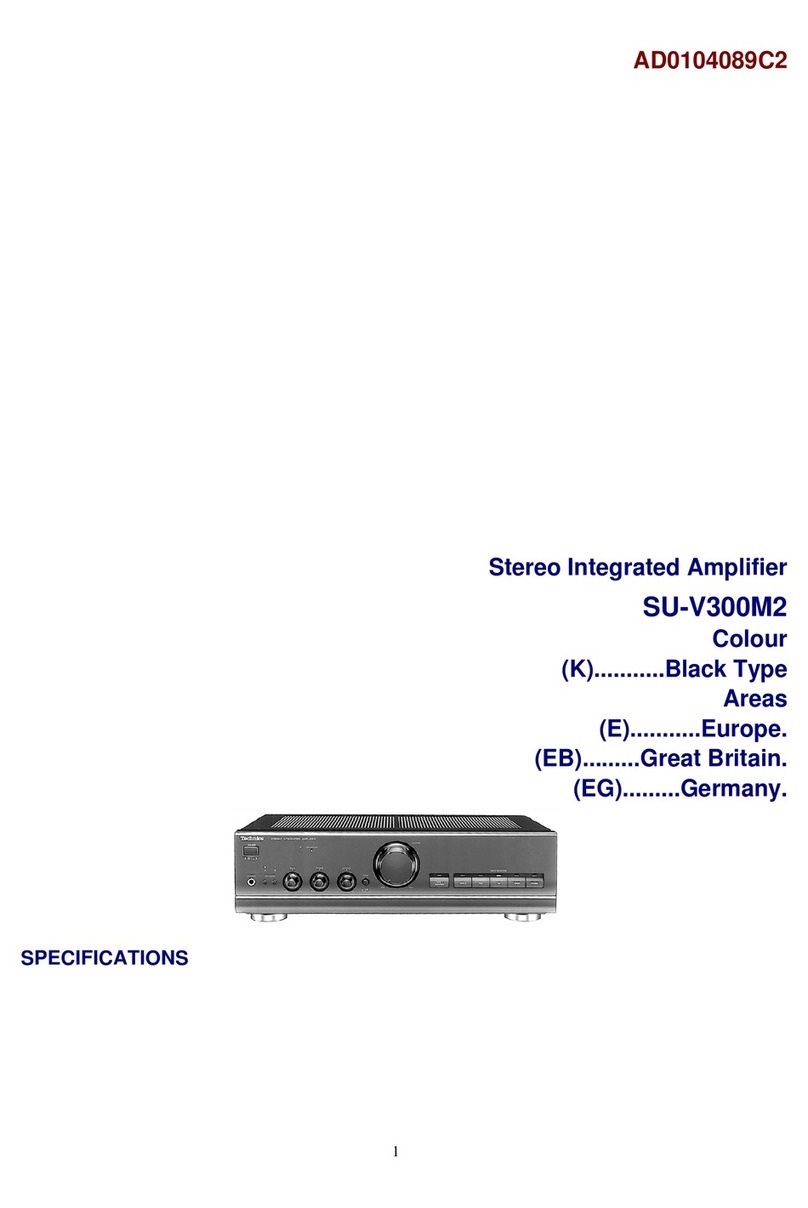
Technics
Technics SU-V300M2 User manual
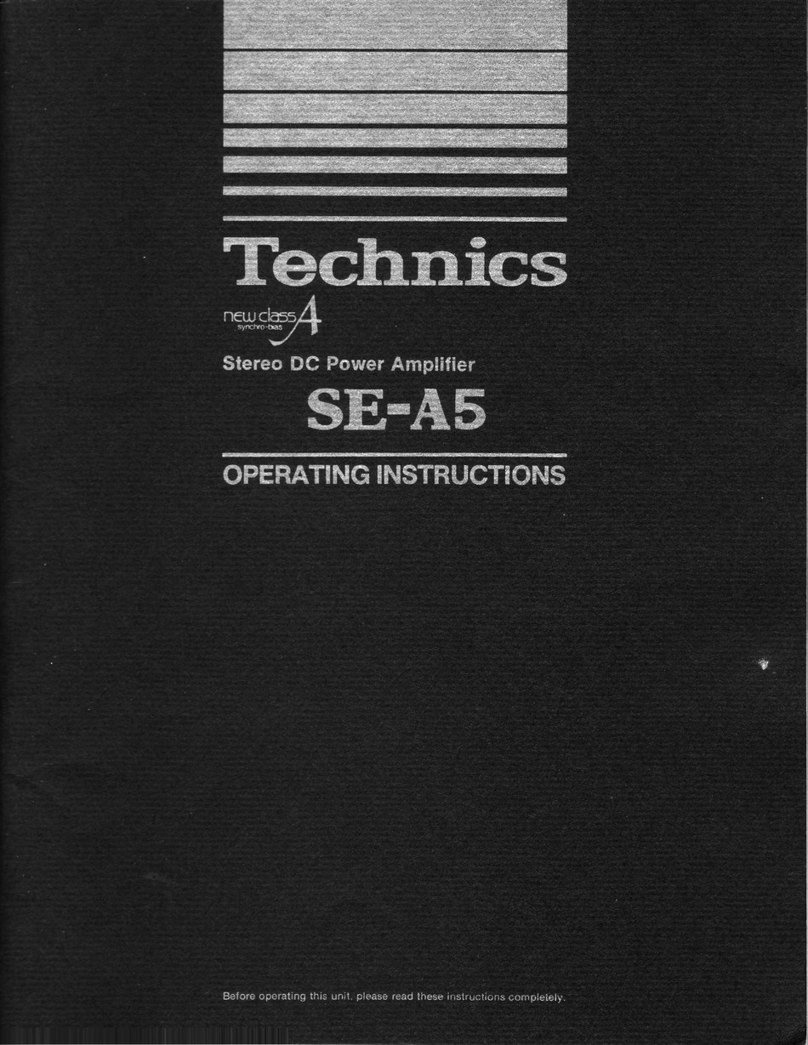
Technics
Technics SE-A5 User manual

Technics
Technics SU-9070 (X) User manual
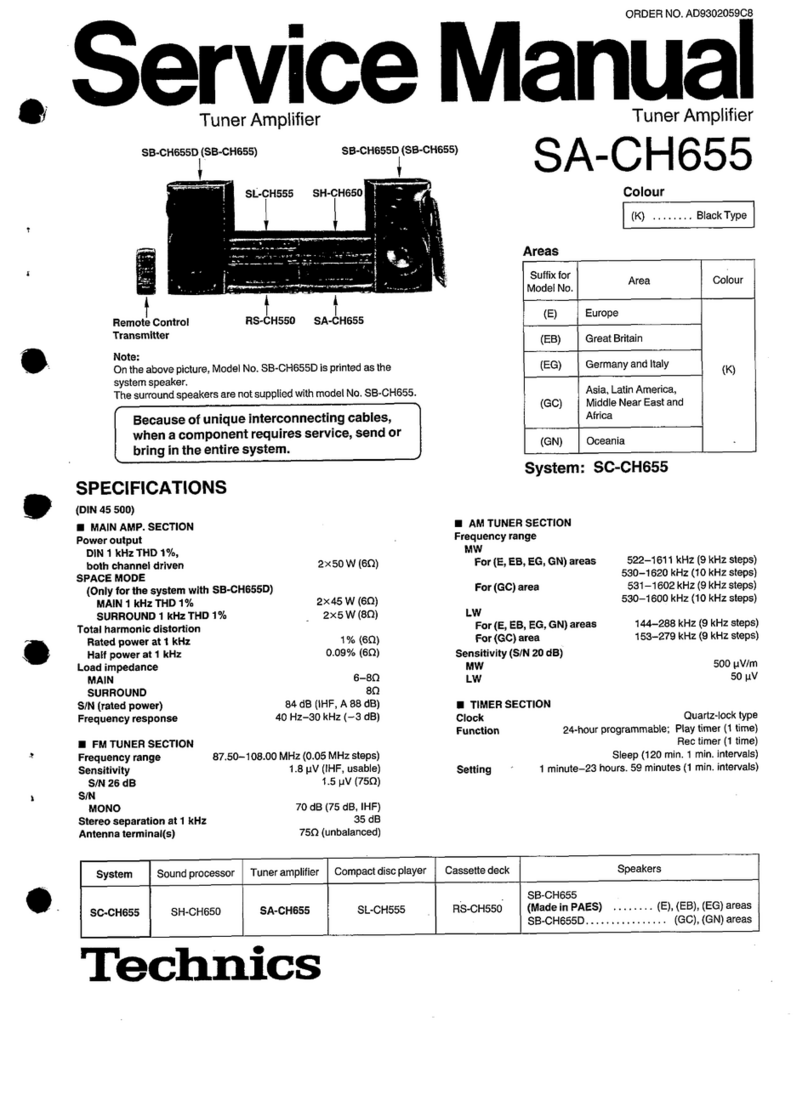
Technics
Technics SA-CH655 User manual
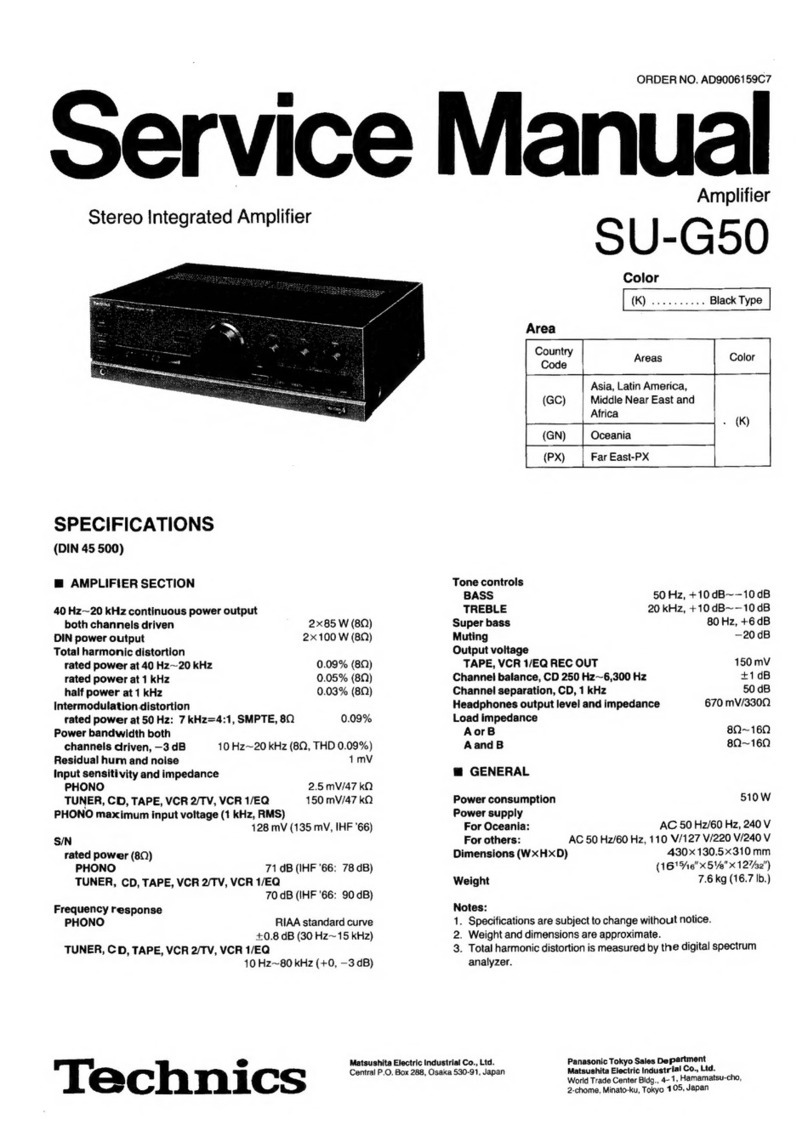
Technics
Technics SU-G50 User manual
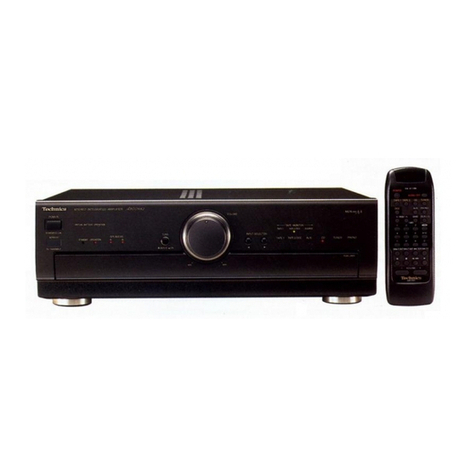
Technics
Technics SU-A900MK2 User manual
